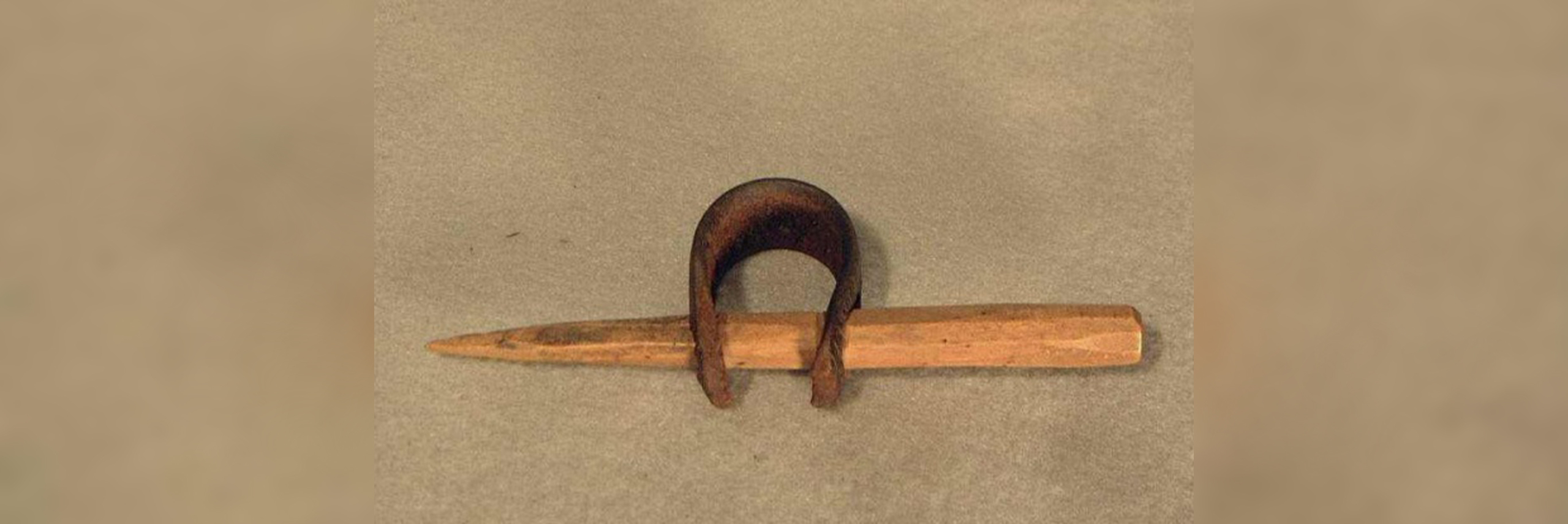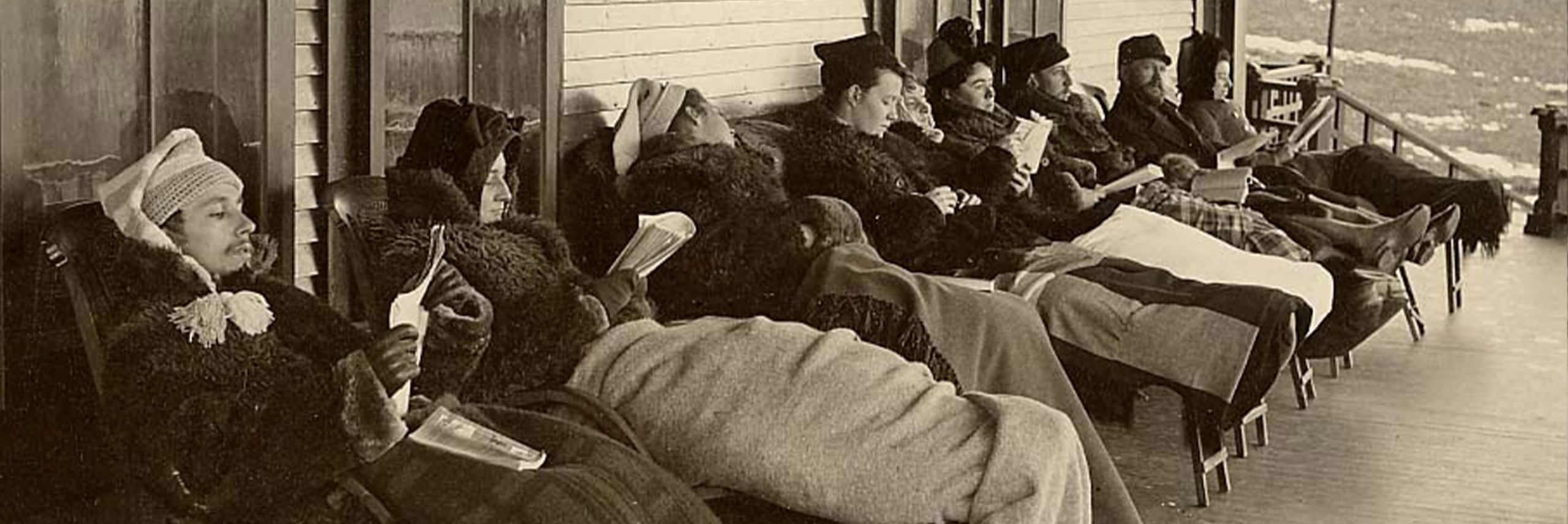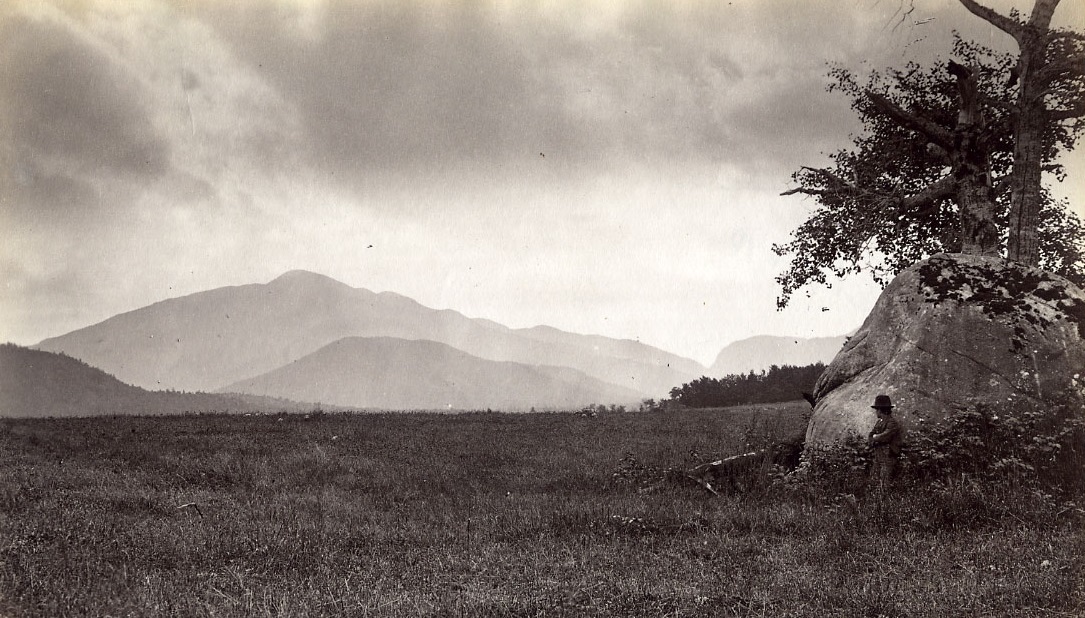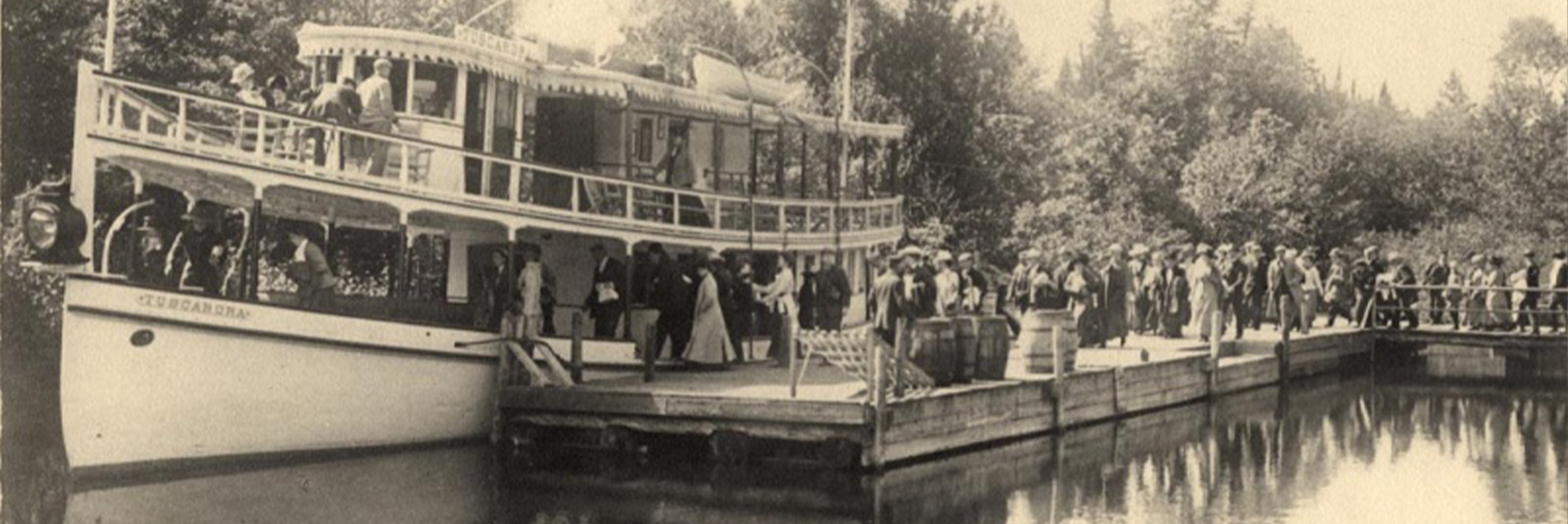Corn
In 1916, the New York Commissioner of Agriculture reported that Essex County is “by far the most broken and mountainous section of the state.” In spite of the fact that only about one-third of the area of the county is in farms and only about one-eighth improved farms, there is a remarkably good report of agricultural production. County farmers produced 96,383 bushels of corn in 1915, along with barley, oats, buckwheat, potatoes, and hay and forage.
Corn has long been a staple food in the Americas. It is a domesticated plant, bred from a wild grass native to southern Mexico nearly 7,000 years ago. Its use as a cultivated food plant in the northeastern United States began about 1,000 years ago.
Although the Adirondack climate is not generally conducive to agriculture, there are pockets in the valleys and surrounding areas where the growing season is long enough, and the soil rich enough, to grow corn. The vegetable was one of the staples of the Haudenosaunee (Iroquois) diet. European settlers in the region grew corn where they could, not only to feed themselves but to feed their livestock as well. As settlement and tourism in the region grew, Adirondack hotels and resorts kept kitchen gardens to feed guests. Adirondack families grew their own vegetables, preserving what they did not eat in season for the long winter months. Locally grown corn was featured on the menu for human and animal consumption.
Although the Commissioner’s 1916 report indicating that most crops grown in Essex County were produced “for the supply of camps, cottages, hotels, and summer tourists,” by the late 1800s, some northern New York farms were growing enough corn to export to wholesale dealers in cities like Boston, Syracuse, Rochester, Watertown, and New York City.
During the Depression, newspapers like the Malone Farmer offered advice on creating healthy and inexpensive meals. In October 1931, readers were advised that “as for cost, corn preparations are among the more economical of the common foods. Two pounds for five cents is the average price per pound by bulk for both cornmeal and hominy.”
A regular column, called the “Market Basket,” offered readers tips on shopping, canning, cooking, and sample menus. The May 20th, 1931 edition also included a recipe for corn soup:
• 2 cups canned crushed corn
• 1 cup water
• 1-quart milk
• 1 onion, cut in halves
• 1 tablespoon flour
• 4 tablespoons butter
• Salt to taste
• Pepper
Combine the corn and the water, cook for 10 minutes, and stir constantly to keep from sticking to the pan. Press the corn through a strainer. Heat the milk and the onion in the double boiler and thicken with the flour and fat, which have been well blended. Add the corn pulp, salt, and pepper, Heat, remove the onion, and serve. Buttered popcorn makes an interesting substitute for croutons to serve with corn soup.
Adirondack farmers hosted “husking bees” during harvest. Families and neighbors gathered together to remove cornhusks before cooking for a crowd. In Willsboro, an unidentified farmer or family member used a small wooden peg, pointed on one end and held with a strap of leather to the thumb as an aid in removing husks from many ears of corn. Made by hand near the turn of the 20th century, it would have made such a repetitive task easier.








